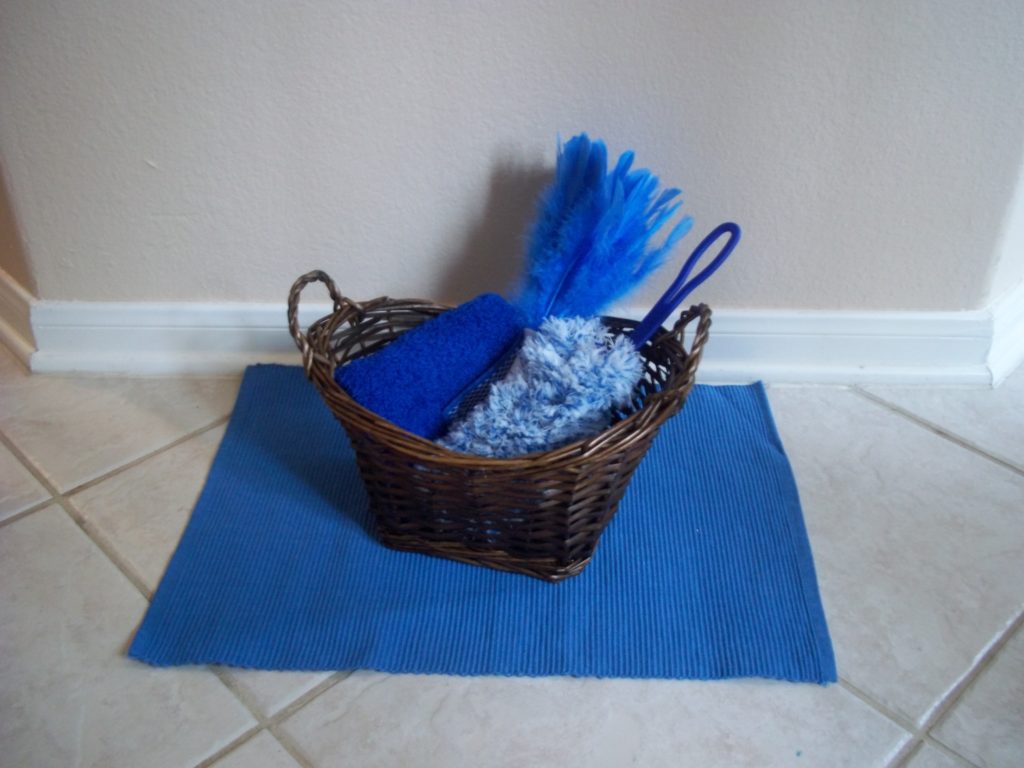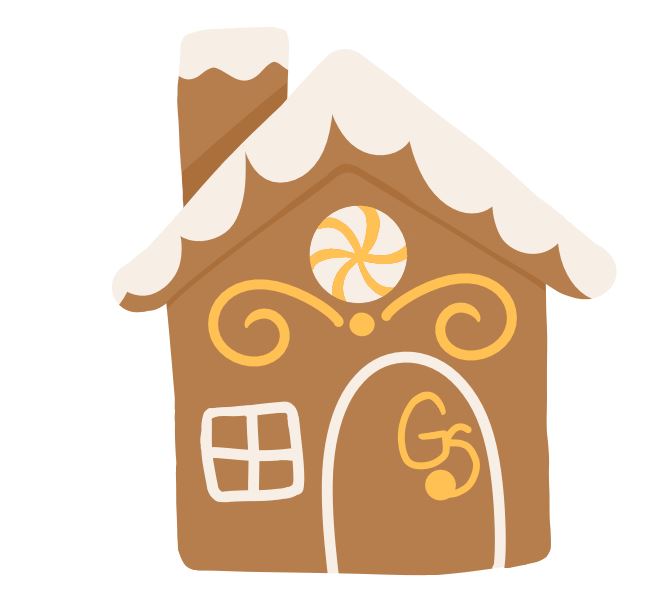Practical Life
Practical Life is in essence simple activities for children which emulate everyday activities. These simple activities should be purposeful and calm. They are done repetitively to build both concentration and skills in young children. Montessori Practical Life is generally designed for young children. These activities can be a part of early childhood for children as young as 12 months; provided the adult in charge takes care with safety concerns such as small pieces or adapts the activities to suit the ages of the very young children.
The Practical Life exercises are very interesting and entertaining to younger children up until the age of three. As children get older and master the basic Practical Life skills, these are less appealing. Four and five year old children will also enjoy Practical Life activities, but will tend to choose them less often as these activities now are easier and no longer require the same level of focus and challenge that they once did. Practical Life can continue well after that age with the addition of more complicated skills embedded into your lessons. These more complex skills are easily considered part of older children’s development as well. If you really consider the premise of Practical Life, children continue to learn everyday skills for many years. These skills would become more complex such as cooking skills, doing laundry for the family, washing, and putting up the dishes. These everyday skills are part of learning and growing with children.
Benefits of Practical Life
The benefits of including Practical Life in the education of young children are extensive. These activities will help children fully develop their fine motor skills and increase their ability to concentrate as they focus on a particular Practical Life exercise. Children master these skills as they repeat the simple activities over and over again. The children are able to perfect their abilities by learning from trial and error. For instance, in a pouring activity, when the water continues to the top of the cup and spills over, the child learns that she needs to stop pouring sooner. While repeating the activities, the child is also learning to concentrate on a particular activity for an extended period of time.

Children also learn self-discipline as a part of Practical Life skills. This happens as children choose their activities, work with concentration, return activities to their appropriate place on the shelf, and care for their environment by keeping it clean and taking care of the materials. Self-confidence is another benefit of including Practical Life skills in a child’s early education. Self-confidence is gained as children learn how to “do-it-themselves,” while completing activities and repeating them until they have mastered the activities.
Basics of Practical Life
Practical Life activities are called “work” or “exercises.” It is not called play. This distinction is noted as children want to do the “work” that they see grownups do. In addition, children learn that they enjoy “work” and it provides a positive perception of work in their eyes.

One key component of the materials used to create sets of Practical Life activities is that the materials should be real, rather than toys. Children enjoy working with the same materials that they see the grownups using. If possible, choose authentic materials to work with. This means items that are “real” but “child sized” so that the activities are easy for children to manipulate. This is especially true for the youngest children with very small hands. These real materials are almost endless.
Create activity sets which utilize different colors, patterns, and textures. This creates a beautiful environment and adds interest for the child. Having several different pouring activities allows children to enjoy the activity more and learn how to pour from different containers. The interest is extended because even though the basics of the activity are the same, the child has a number of options to choose from and he will want to explore each one of the different sets of materials. The interest would not be the same if the materials looked exactly the same but simply came in different sizes. While selecting your materials, try to utilize a great deal of natural colored materials. This enhances the beauty and authenticity of the materials and provides that calm beautiful environment that is associated with a Montessori classroom and materials.

Simple Materials Enhance the Benefits
In a world of brightly colored, cheap, plastic toys; it is refreshing, natural, and authentic to minimize these materials in your Practical Life shelves. The natural materials such as wood bowls and straw baskets are more expensive than plastic spoons and bowls but it adds to the beauty and interest of the materials. In addition, utilize the sources at the back of the book for locating such materials which look authentic but are not breakable or expensive. You may find that you need to enhance your materials with some of the plastic and colorful materials in order to reduce costs and sometimes that is all that is available for the materials that you want. That is fine and sometimes the right choice. Just be sure to blend those bright colorful pieces into a shelf with many natural colored materials.
Setting up Inexpensively
There are numerous sources for Montessori Practical Life materials which can be purchased in complete sets. These are often expensive. The materials don’t need to be expensive. By purchasing a few child sized items and adding those to real materials that you already have around your house or child care center, you can create wonderful Practical Life activities for very little cost.

Traditional Method and Safety
The Montessori methods often uses glass in activities. The origins of the method date back to 1907. The basis for using items which are breakable provide the real life understanding that items must be handled carefully or the child will experience the logical consequence – it breaks! Whether you choose to use real glass containers or not will depend on how and for whom you are creating your activities. If you are at home and working with your own child or children, you may choose to keep these traditional Montessori materials as a part of your Practical Life area. However, if you are creating materials for use in a group environment such as a child care center, then it is not recommended that you have glass materials readily available and accessible to the children.
I did use “heavy and sturdy” glass materials on occasion in my own child care center; however, they were not left on open shelves. These materials were only pulled down on special occasions when a teacher could sit right with the children and carefully supervise each move. It isn’t the logical consequence of breakage that is a concern. It is the potential for children being injured from that broken glass that must be carefully considered and prevented. Even when I used the glass under supervision, I chose not to ever use the more fragile forms of glass due to the potential for injury.

There are many materials available today that look very nice and look breakable but are actually plastic. These materials make wonderful additions to your Practical Life activities. You can find them easily at local discount stores, party stores, dollar stores, and restaurant supply stores. When choosing your materials, look for items in different colors and patterns. Choose items that are smaller, such as small plates and small scoops. Sources for obtaining these materials are listed in the back of the book. Other long-time elements of Practical Life exercises include cleaning skills using real cleaners such as polishing silver and shoes. Although these were historically used; utilizing cleaning products is not recommended due to the obvious hazard of a child ingesting a poisonous substance. A simple spray bottle filled with water works well for learning to clean.
Learning is in the Process
One final note on Practical Life skills is that these activities are about process not product. Children are actively doing the activities. For parents at home, you are well aware of what your child is learning through the activities. For teachers in schools and child care centers, it may be beneficial to send home notes of all of the wonderful activities that the children are working on to keep parents informed. In our modern world, it often seems if there isn’t a piece of paper or an actual product, parents don’t always realize that their children were busy working and learning during the day. Communication of the value and benefits of time spent in Practical Life activities is very important. It allows you to bring the parents into the understanding of what their child is doing, why it is important, and the long term benefits created through your Practical Life curriculum components.
Adding Practical Life exercises to your early childhood program provides wonderful benefits for children as they love the beauty; warm earth tones; interesting materials and textures; calm activities; concentration; building fine motor skills; and the joy of accomplishment. It’s easy and inexpensive. Enjoy the process and watch the benefits as you fill your Practical Life shelves. Follow the current blog series or like Gingerbread Studio on facebook to learn more and get started building your own Practical Life activities.
All of the information here and much more is available in my book: Montessori Made Easy: Practical Life Lessons available from Amazon.com. There is a link on the “Dr. Andrea’s Books” page.





